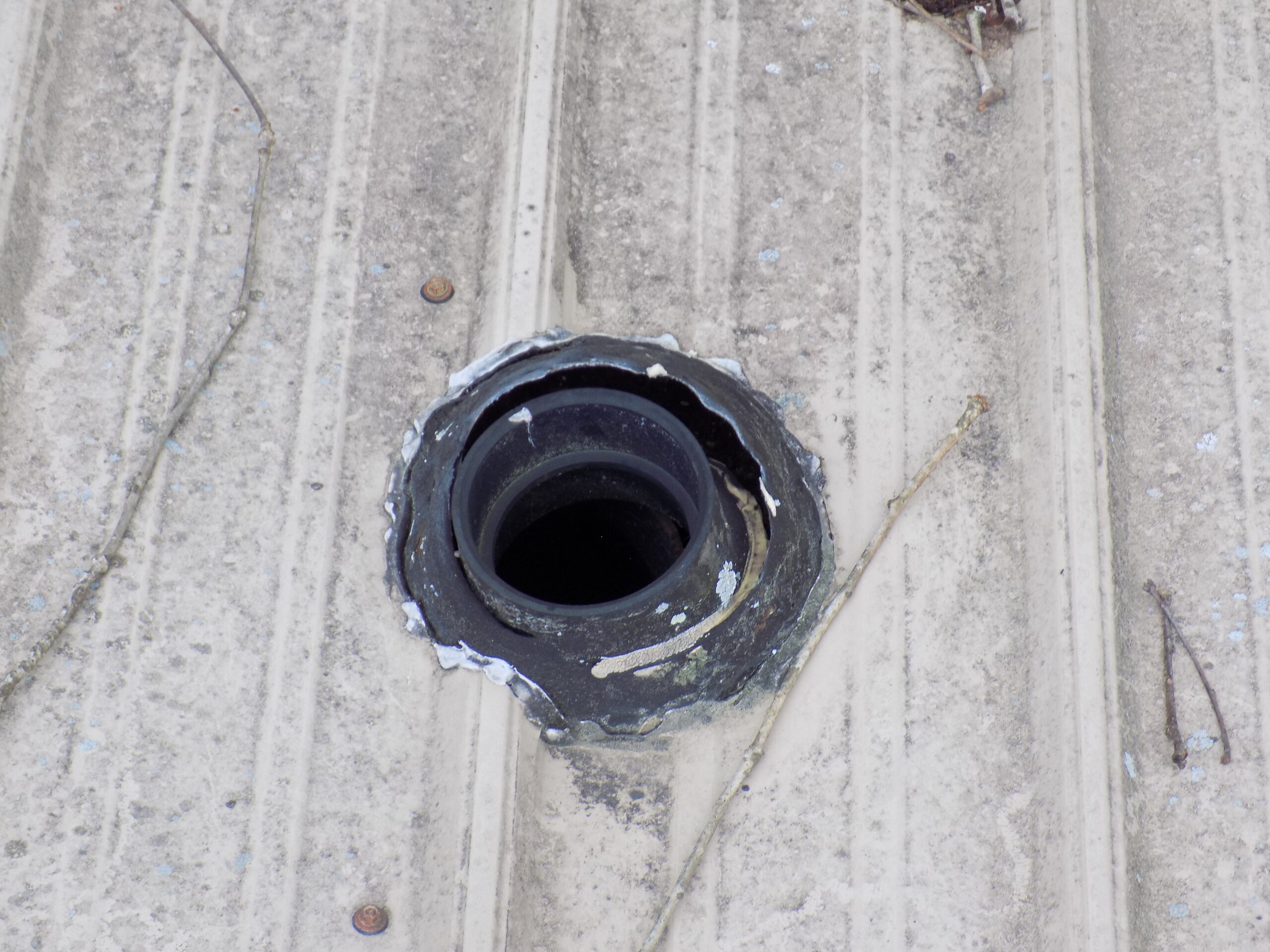How To Inspect Your Roof
Roofs can be scary, particularly steep roofs. If you’re not comfortable getting on your roof, hire a professional for this job. Roof inspections of 7/12 pitch or steeper are tough to walk. This is where specialized shoes or foam pads can help. Binoculars are another great option for getting a good view of your roof from the ground, but I’ll admit it’s hard to see everything that way. When it comes to steep roofs a good drone can allow you to get a close eye on things while keeping you safe on the ground.
If you’re purchasing a home, keep in mind that a house flipper could slap a new roof on for cheap, and many people wouldn’t think twice about it. If the install was done poorly, it will leak, even if it’s new. There is such a wide variety of potential problems that when it comes to buying a home, I recommend having a professional inspector check out the roof. That said, I’ve put together a few of the most common problems to look out for on your roof, so you can keep your current home dry and top-notch.
Exposed Fasteners (Nail Pops)
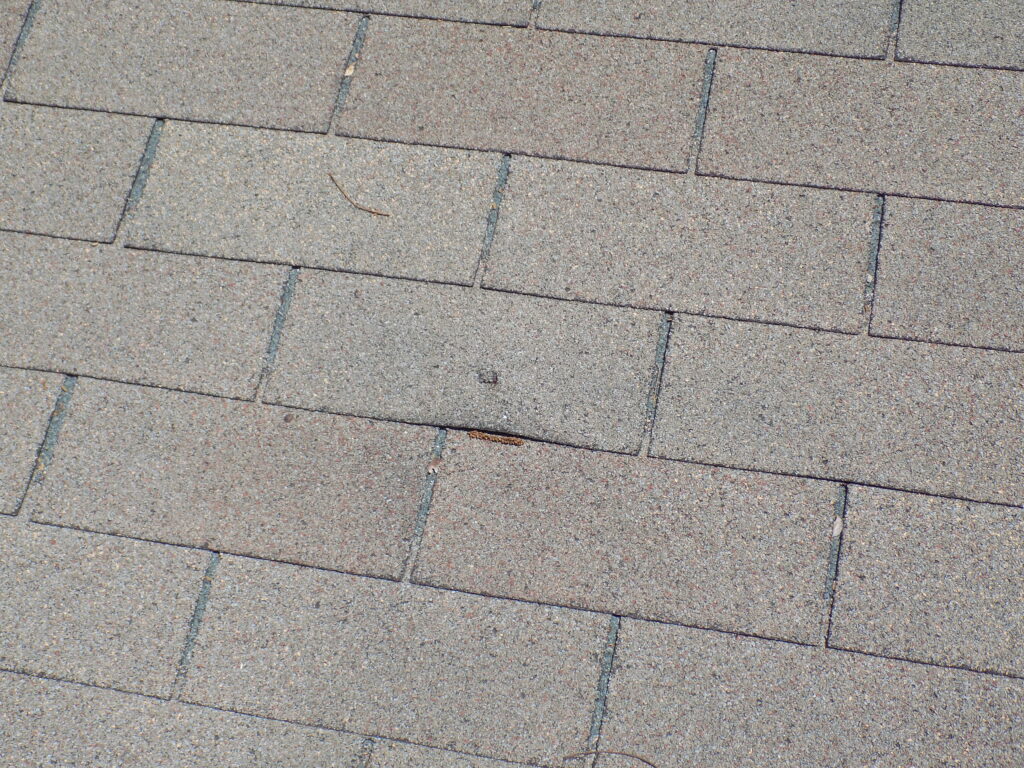

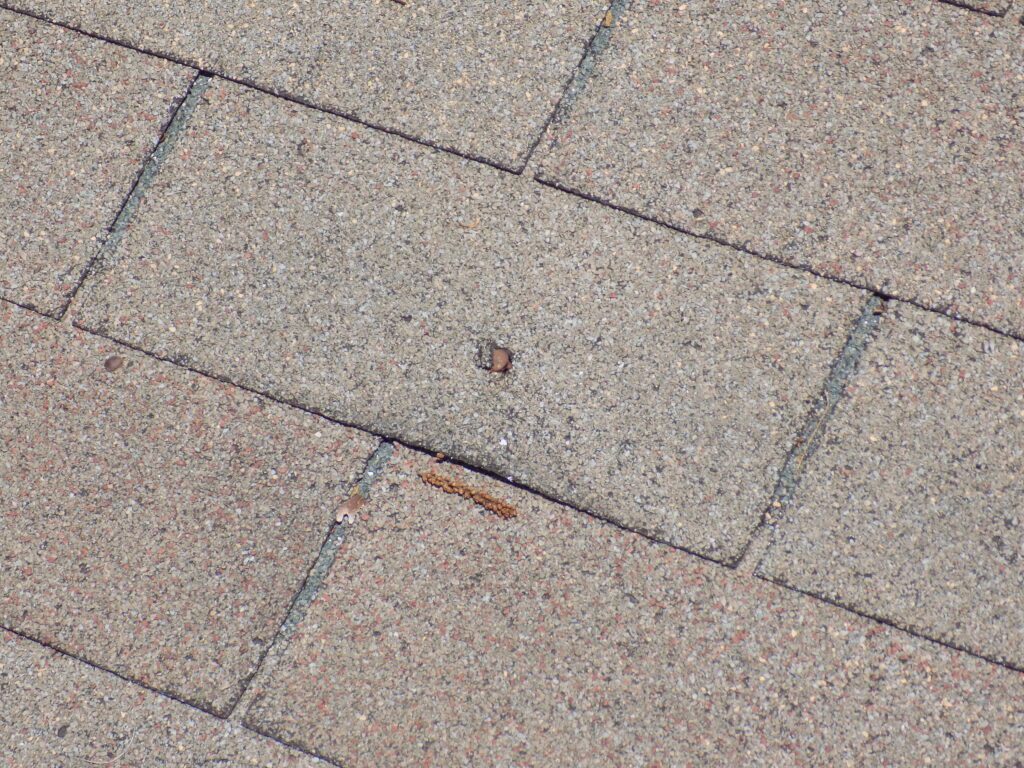
As the structure expands and contracts due to changes in temperature and humidity, nails can start to work themselves out of place. This causes shingles to lift and eventually the nail may pierce through. Fasteners can also be exposed if the installer doesn’t follow the fastening pattern from the manufacturer. While these aren’t a huge deal, they do need to be repaired or they will eventually lead to leaks. You may be able to replace individual shingles or just remove the offending nail and apply sealant.
Roof Boots

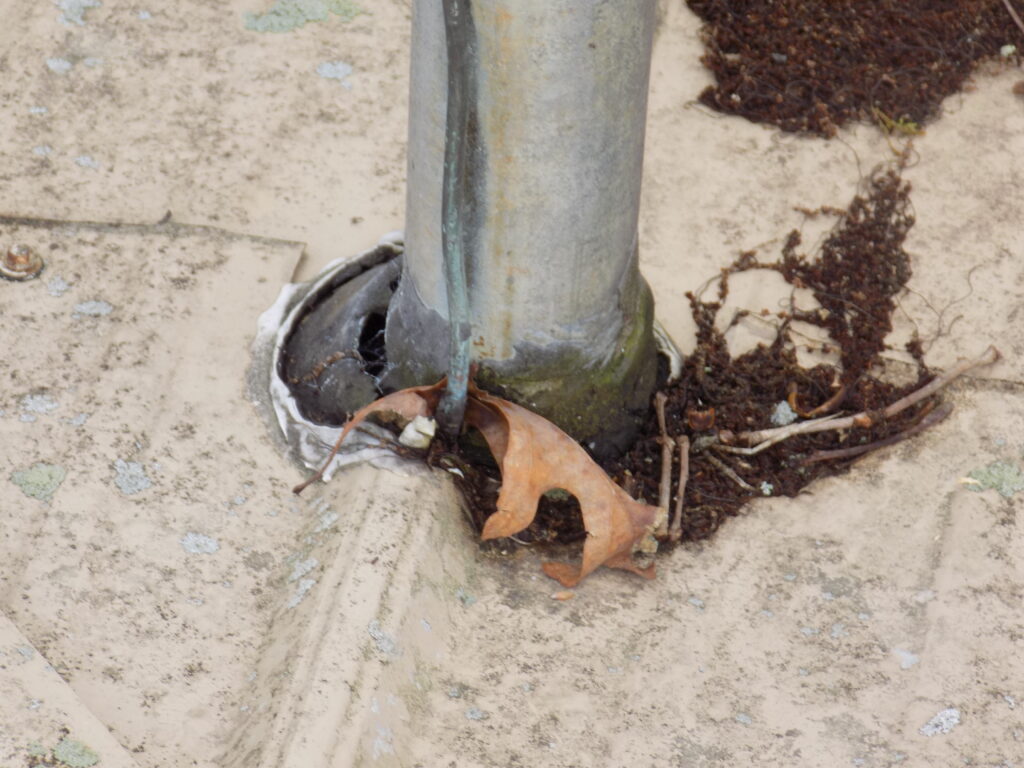
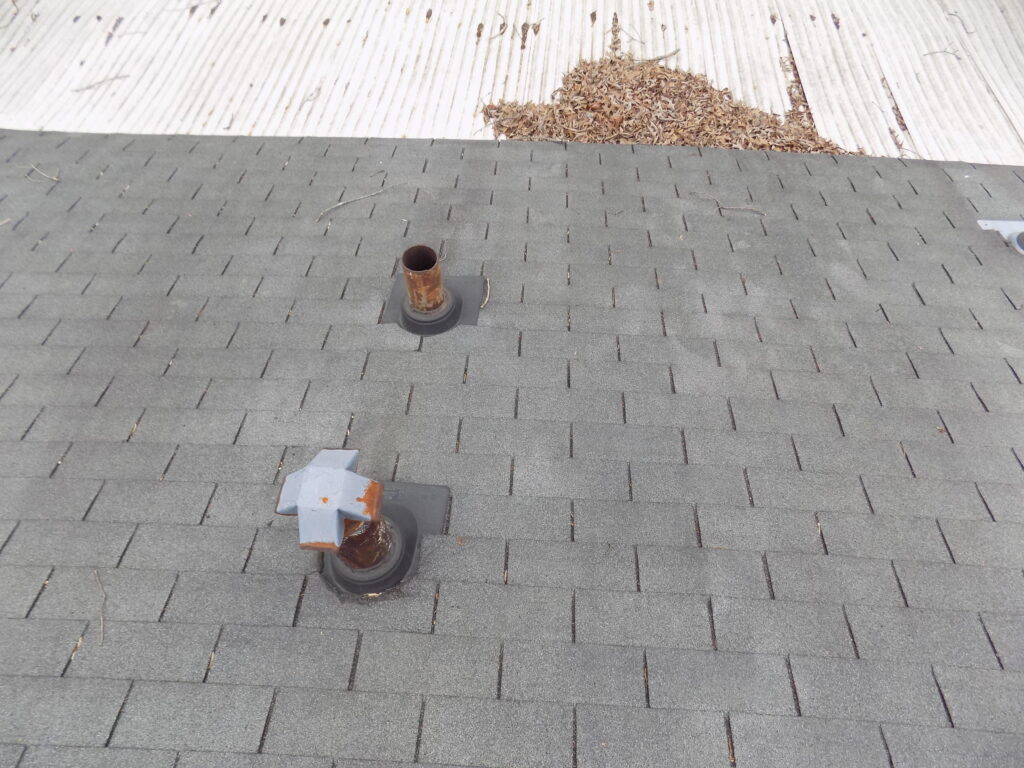
Boots are usually rubber or lead and allow a pipe to pass through the roof while keeping water out. These boots don’t last forever. UV deteriorates rubber, and amazingly, some squirrels like to chew on the lead boots. While you’re checking things out, get a good look at the boots. You don’t want to see any cracks or holes, or they’ll need replacing or sealing. Generally it’s best to replace the boot when it fails, but some sealant can be a short term solution.
Damage & Wear
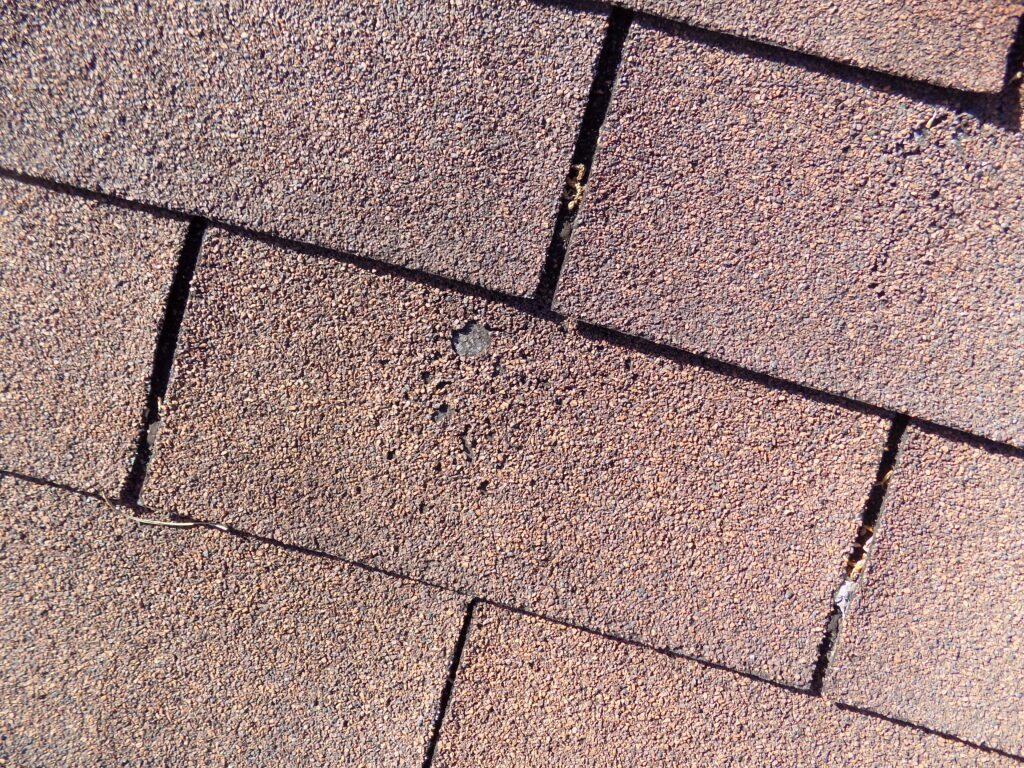
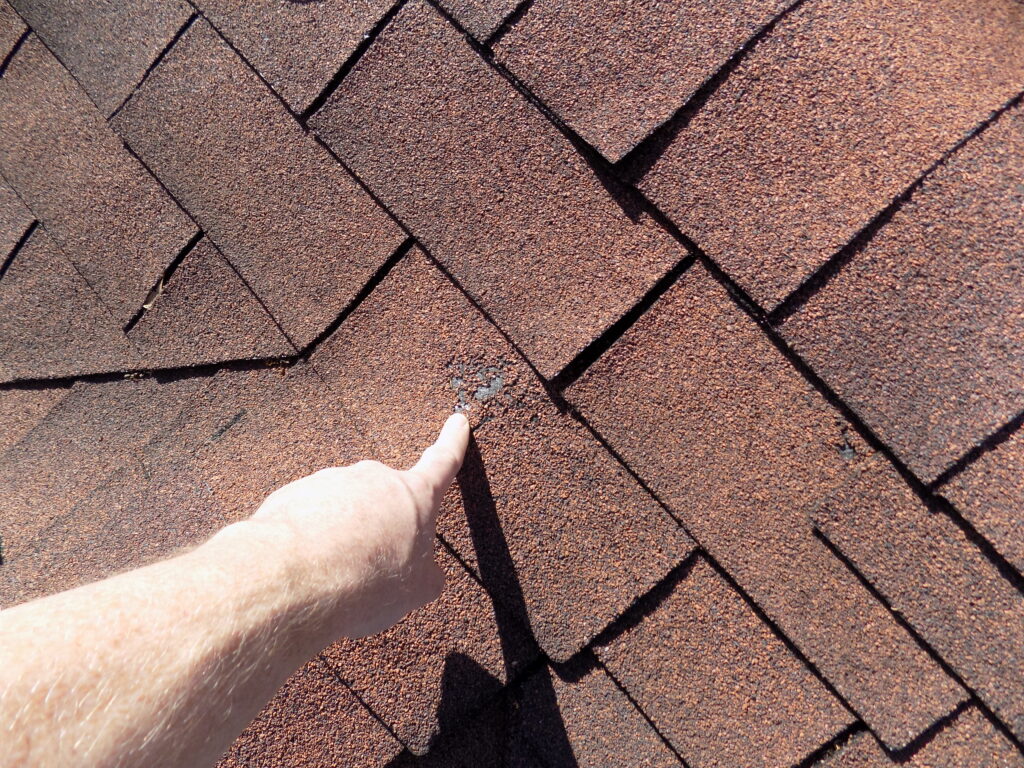
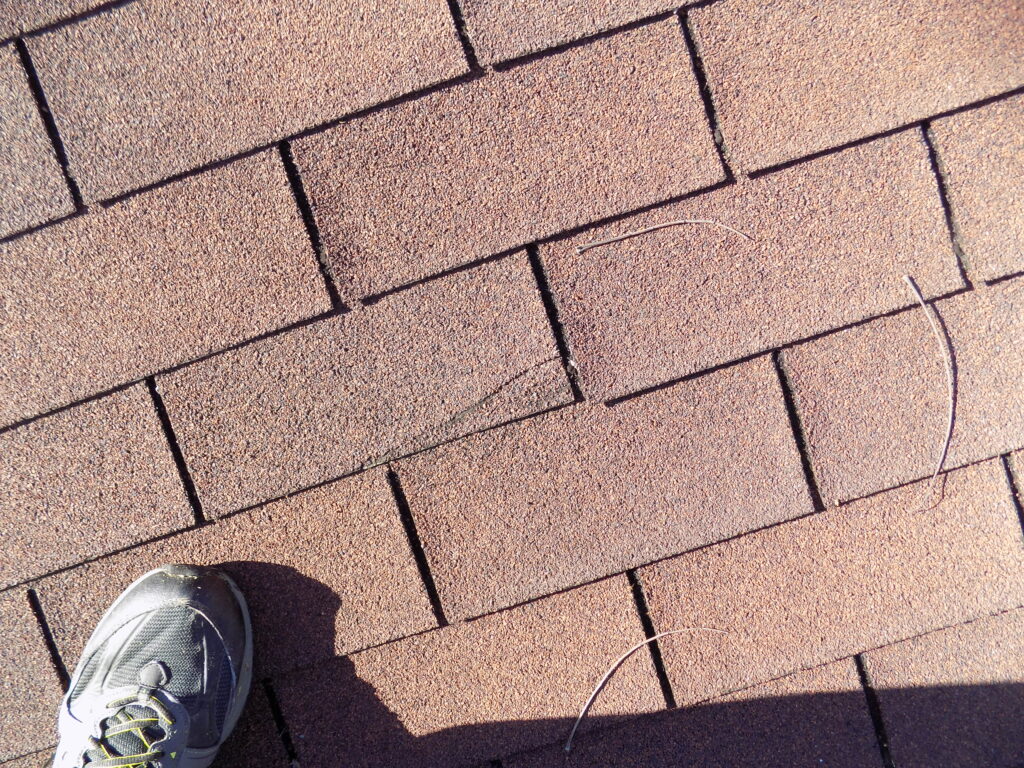
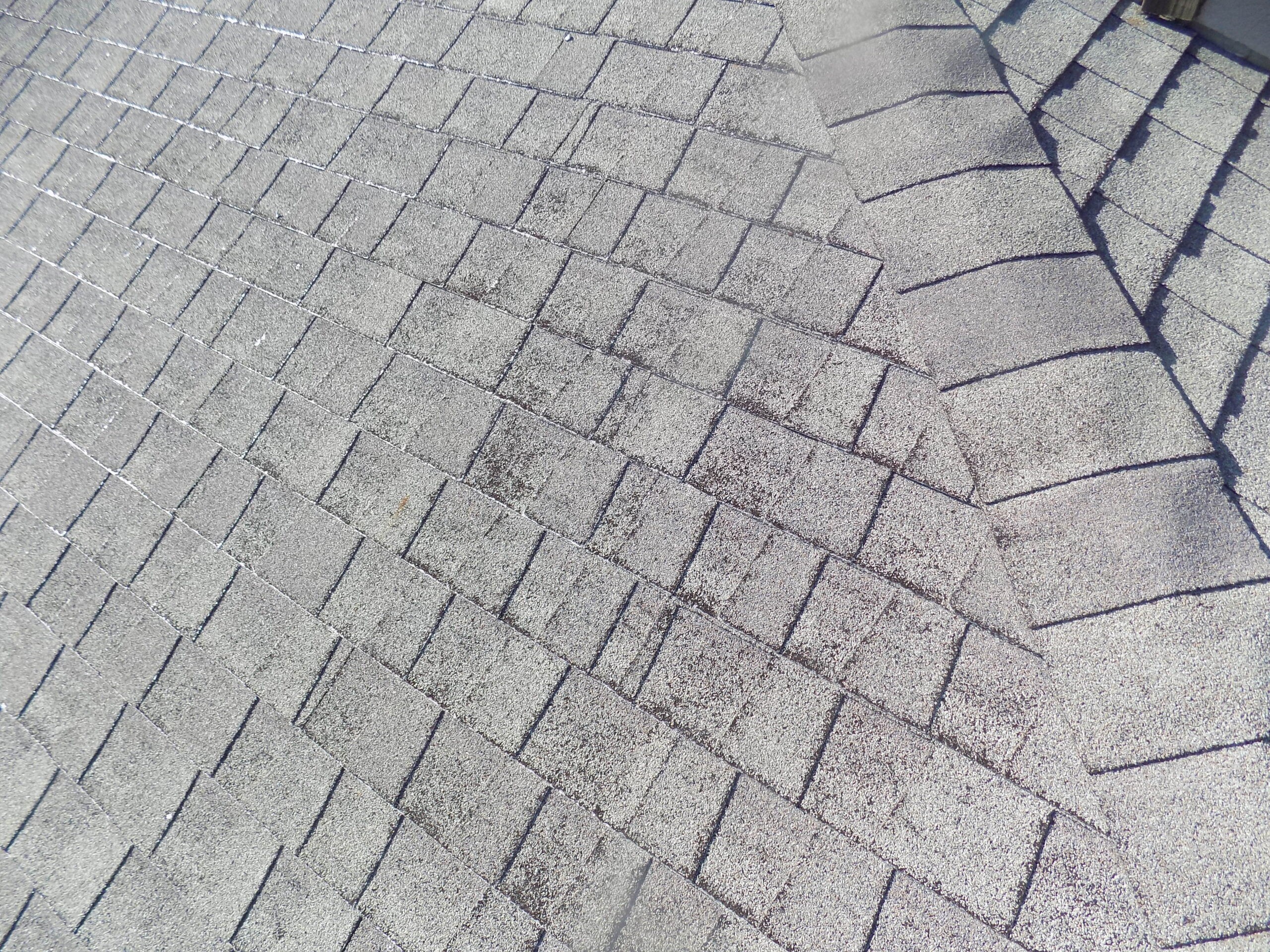
You’ll want to keep an eye out for damage in general. Falling tree limbs can punch holes or tear shingles. Loose shingles flapping in the wind can break off. As shingles age, they will lose granules and the fiberglass will be exposed. At that point, replacing the roof will be necessary. In cases where there is irregular spalling (granular loss), but no signs of damage from trees or hail etc, the shingle quality may be poor. In any case, repairs should be made soon as leaks will develop.
Gutters
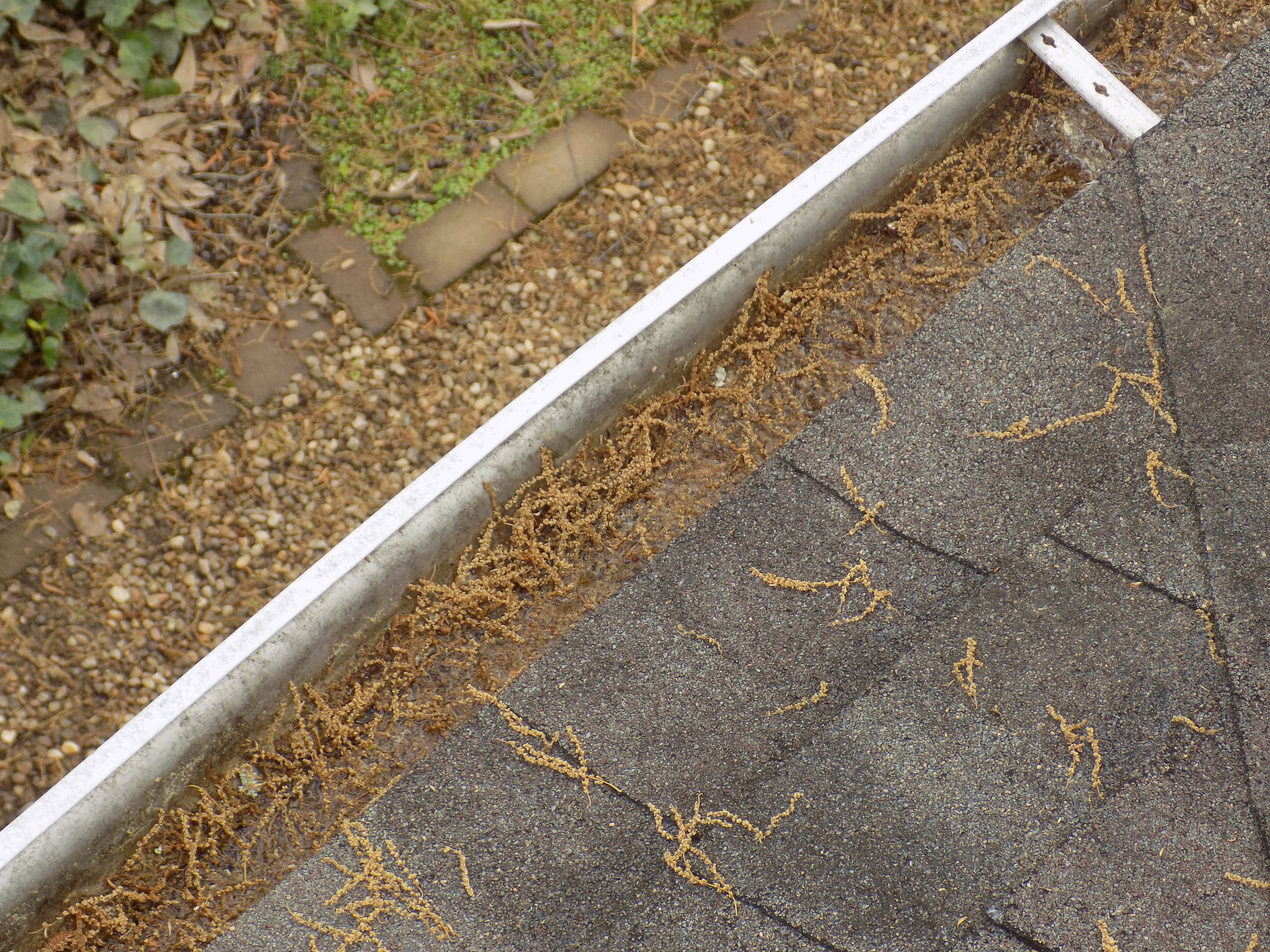
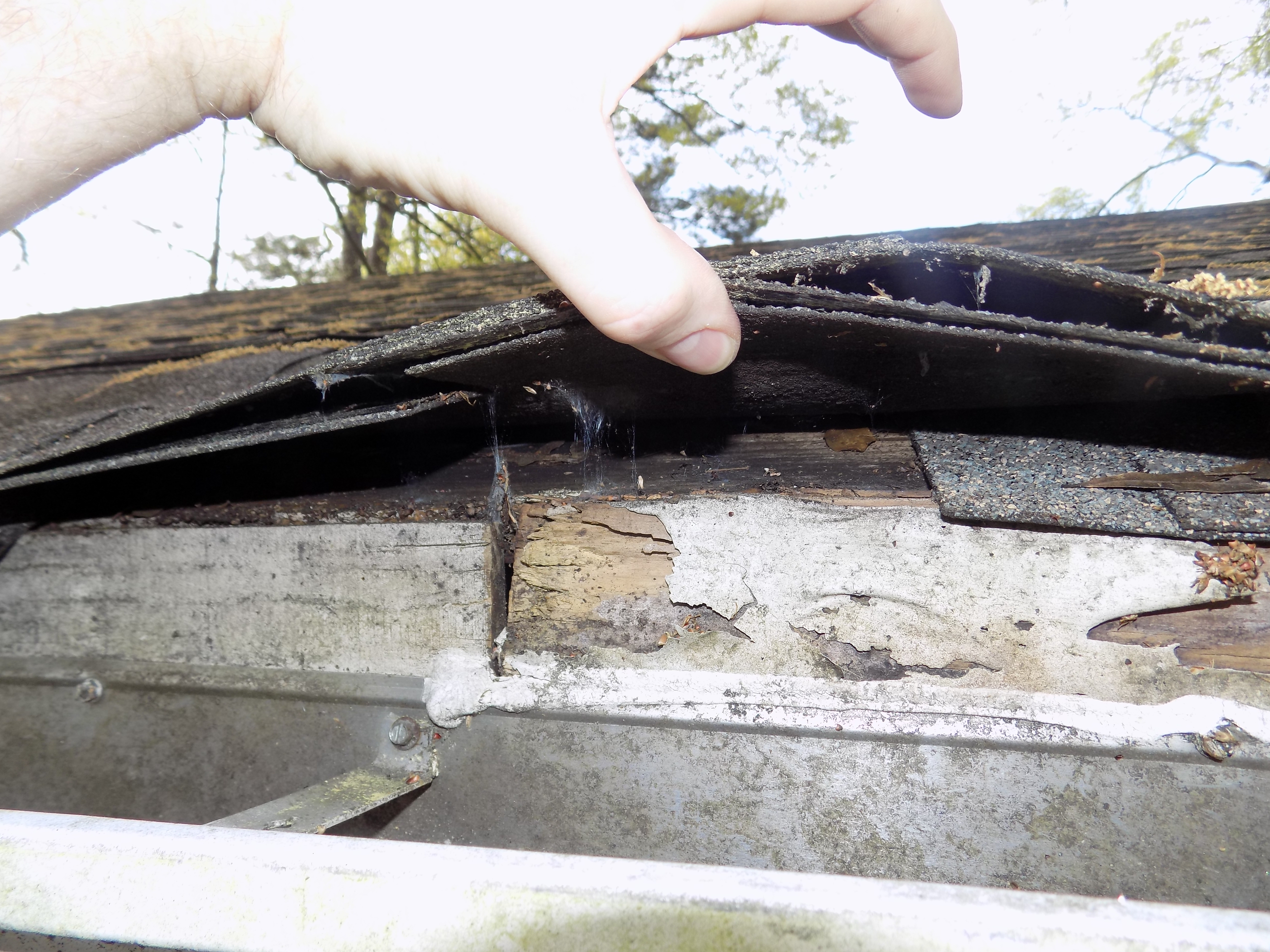
While you’re up there, it’s a good time to take a look at the gutters. If they’re full of debris, you’ll want to put cleaning them on your to-do list. If you see any wavy or uneven areas at the edge of the roof, go ahead and get a closer look. In this case, I’d say the roofer did a bad job because there should be a drip edge and underlayment under the shingles, which both appear to be missing.
Flashings, Chimney Chases, Siding
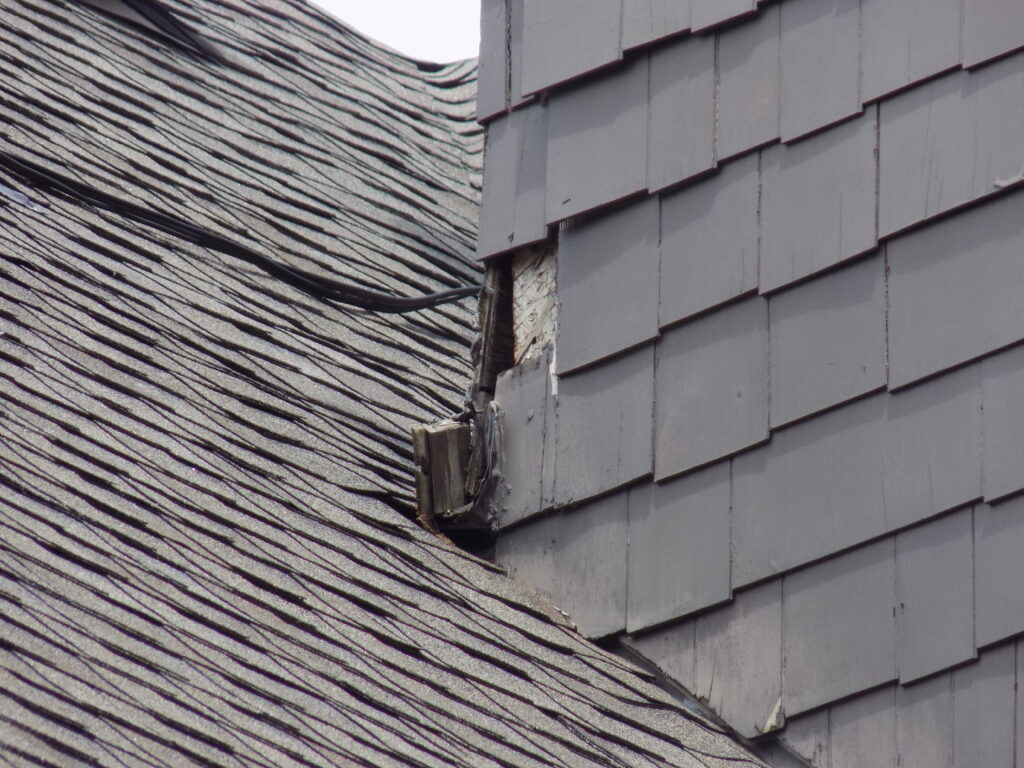
While you’re on the roof you’ll want to take a close look around any areas where a wall and roof meet. Chimney chases are a very common problem area. You’ll want to look for damaged siding or other indications that repairs are needed. Siding is not supposed to be installed against shingles. There should be a minimum gap between them, usually around 1″ – refer to your manufacturer’s installation instructions for specifics. The gap is there to prevent water damage. Along walls and chimney sides running down the slope, there should also be step flashing which comes out from behind the siding and goes under the shingles. It’s called step flashing because it is small pieces of flashing which overlap the shingle below and lay under the shingle above. If you see one long piece of flashing along these sides, it was installed wrong. Long pieces of flashing are acceptable along walls which run across the roof slope, just not up or down the slope.
Chimney Chase Covers

You’ll also want to check out your chimney chase cover if you can. These things are very commonly rusted and will develop pinholes eventually. Look it over carefully. In this picture, in addition to the rust, whoever did this install didn’t know what they were doing as the storm collar is missing and tape is in its place. Since chimneys are often built attached to the sides of homes, and not directly over a living space, leaks into the chase may go unnoticed for a long time. If you think it could be leaking, check out the underside of the chase if you have access. I’ve seen it rot out the cantilevered joists which support the entire chimney.
Curling
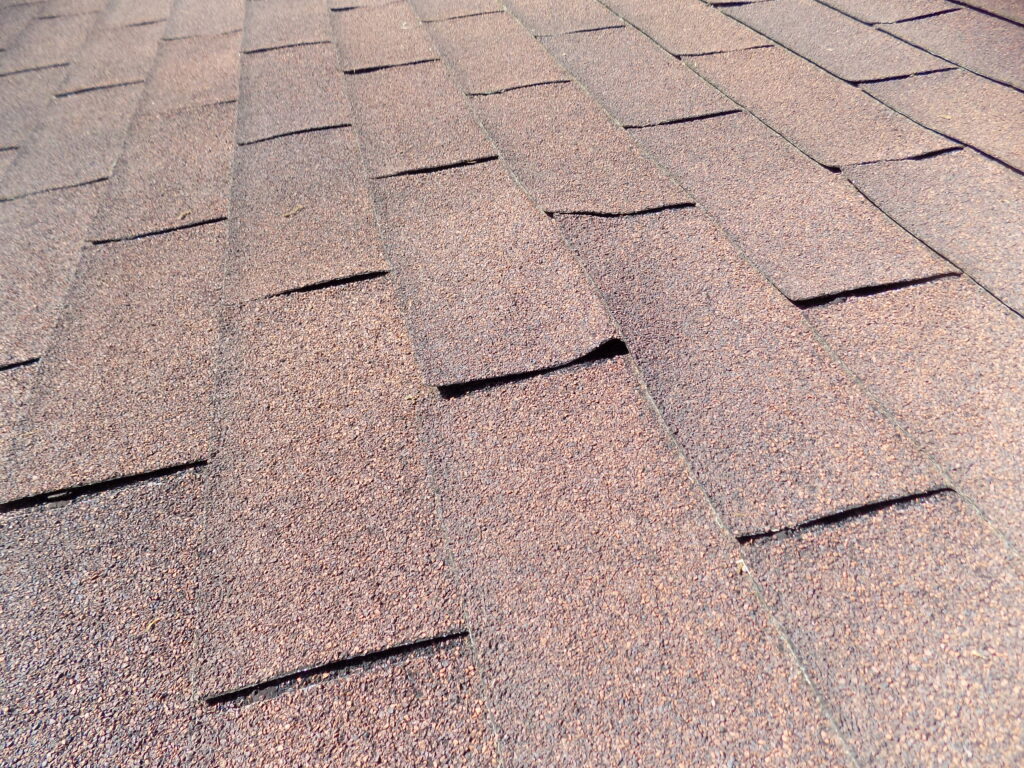
Curling means the edges of the shingles are lifting up and curling or cupping. This can happen for a variety of reasons, such as poor attic ventilation or low quality shingles. If a large amount of shingles are doing so then the roof will likely need replaced. It may be worthwhile consulting a roofer if you have this issue.
Thanks for checking out my article on roof inspections! These are just a few of the most common problems observed with roofs. These tips are great for monitoring your roof to keep it in great shape. However, you should know that a trained home inspector recognizes a much larger variety of problems with roofs, so consider hiring a professional inspector such as myself. If you have any questions, please feel free to comment below or contact me.
